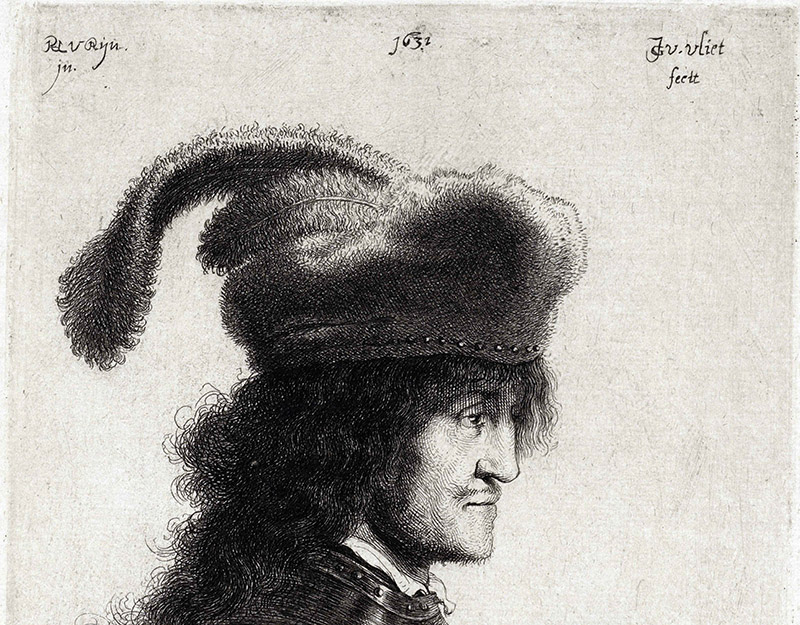LOSING THEIR ROLE
After the Ottoman period, the nobility and the aristocracy gradually lost their moral raison d’être, which since ancestral times had been to defend the homeland, through war if necessary – after all, the main reason why the nobility came into being in the Middle Ages was because the king and the nation needed a class of military-minded men who possessed the requisite material resources and had an acknowledged reputation.
Clearly illustrating this change, after the sixteenth and seventeenth centuries, the high nobility no longer resided in castles, but gradually converted them into fortified chateaus, and eventually more palatial residences, which were devoid of all defensive function. At the same time, the castles of Krasznahorka and Árvaváralja (Krásna Hôrka and Oravský Podzámok, Slovakia) and those of Gyalu and Bonchida (Gilău and Bonțida, Romania), for example, were inhabited uninterruptedly until the Second World War.
After Maria Theresa, there was also a “freeze” among the upper nobility, and their duties, rare exceptions aside, were now confined to managing their estates and shaping the politics of the nation. Members of the gentry carved out a place for themselves in county-level politics. The Transylvanian saga written by Miklós Bánffy, however, exposes the ways in which the high nobility in Transylvania failed, in the author’s opinion, to live up to this ethos.
The disappearance of the aristocracy from the life of the nation did not take place in a natural way, for after Act IV of 1947 abolished noble ranks and titles, the aristocrats either fell victim to Communist persecution or else fled into exile abroad. It was only after 1990 that they began to return home, both to Hungary and to Transylvania.
According to the history of Transylvania edited by Béla Köpeczi, “the basic stratum of Transylvania’s noble society” was “represented by the descendants of the clans who occupied the region around the River Szamos”, among whom certain families survived through to the Modern Age.4 Twenty-one of the ancestral clans had connections to Transylvania.
From the time of the Principality of Transylvania onward, the local nobility lived far more modestly than their counterparts in royal Hungary. Their estates were smaller, they enjoyed fewer privileges, and they were far more dependent on their supreme ruler, the prince. Hardly any of the estates in Transylvania could be classified as large, and most of the holdings would have counted as medium- sized estates in the kingdom. Beginning in the mid-sixteenth century, however, the residences of the Transylvanian magnates grew ever more palatial, and the Renaissance exerted a decisive influence on the high nobility of the “Fairy Garden”, as the principality was fondly called.5
At the turn of the sixteenth and seventeenth centuries, the leading class in the principality consisted of landowners in seven counties, the Partium and the Székely (Szekler) Land (Terra Sicolorum). The territory was shared among 350–400 families, but the estates were fragmented into very small parts; 15 per cent of them had no more than somewhere between one and three villages, six families (including the Gálfi, Kendi and Apafi families) had relatively large dominions, but only two families possessed truly large estates: the Losonc branch of the Bánffy family, with their seat in Bánffyhunyad (Huedin), and the Csáky family, whose castle was in Almás (Almaşu). The Somlya branch of the Báthori family was also significant, but this was because of their estates in the county of Szatmár, in the kingdom. Landowners in the Partium included the Iktár branch of the Bethlen family, as well as the Zólyomi and Wesselényi families. The wealthiest families in the Székely Land (who were, however, among the poorest members of the Hungarian aristocracy) included the Lázár, Mikes and Apor families. Even the grants of Prince Gábor (Gabriel) Báthori could not change their position, and when György (George) Rákóczi I arrived as Prince of Transylvania, he alone owned as much land in Hungary as the combined possessions of seventy Transylvanian families together.

According to the Köpeczi trilogy, the only truly aristocratic family in the Middle Ages was the Losonc branch of the Bánffy family, followed by ten more families of high standing: Gyerőffy, Apafi, Mikola, Kendi, Bethlen (Bethlen branch), Pekry, Kamuthy, Kornis, Haller and Rhédey. Transylvania had no hereditary peerage, however. The high nobility was not “frozen”, as in the Kingdom of Hungary, but nor did it decline, as in the West. However, the prince was the supreme lord, and feudal powers did not exist.6
Title image: the Krasznahorka Castle before a fire desotroyed it in 2012 – it is currently undergoing renovations.
To be continued.